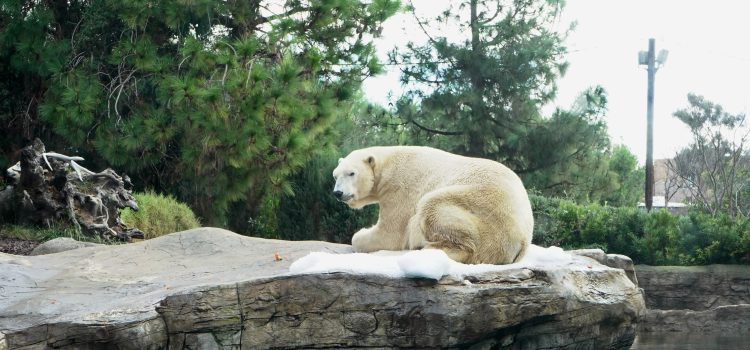
The snow bear, also known as the polar bear, is an iconic symbol of the Arctic and an important part of the ecosystem. Unfortunately, due to climate change and habitat destruction, this majestic creature is now listed as a threatened species. Here are some reasons why we need to protect the endangered species of snow bears.
First, the snow bear is a keystone species in the Arctic ecosystem. It is at the top of the food chain and plays an important role in regulating the populations of its prey, such as seals and walruses. If the snow bear were to become extinct, it could have a significant impact on the entire Arctic food chain, leading to imbalances and potential ecosystem collapse.
Second, the snow bear is an indicator species, meaning its presence or absence can indicate the health of the entire Arctic ecosystem. Its decline in population is a clear sign that the Arctic environment is changing rapidly and in ways that could have significant consequences for the entire planet. As the Arctic warms, sea ice melts, and habitat disappears, snow bears are being forced to travel longer distances in search of food, leading to decreased reproductive rates and reduced survival.
Third, the snow bear is an important cultural symbol for many Arctic communities. It has been a source of inspiration and reverence for generations, and its loss would be deeply felt by these communities. In addition, the loss of the snow bear would have economic consequences, as tourism and other industries that depend on the bear for their livelihoods would suffer.
Finally, protecting the snow bear is not only important for its own sake, but also for the sake of future generations. As a flagship species for climate change, the snow bear is a powerful symbol of the urgent need to take action to address the impacts of climate change and protect the natural world for future generations.
In conclusion, the endangered status of the snow bear is a serious concern that requires immediate attention and action. Protecting the snow bear and its habitat is not only essential for the survival of this iconic species but also for the health of the Arctic ecosystem and the planet as a whole. We must work together to take action to address the impacts of climate change and protect the natural world before it is too late.










